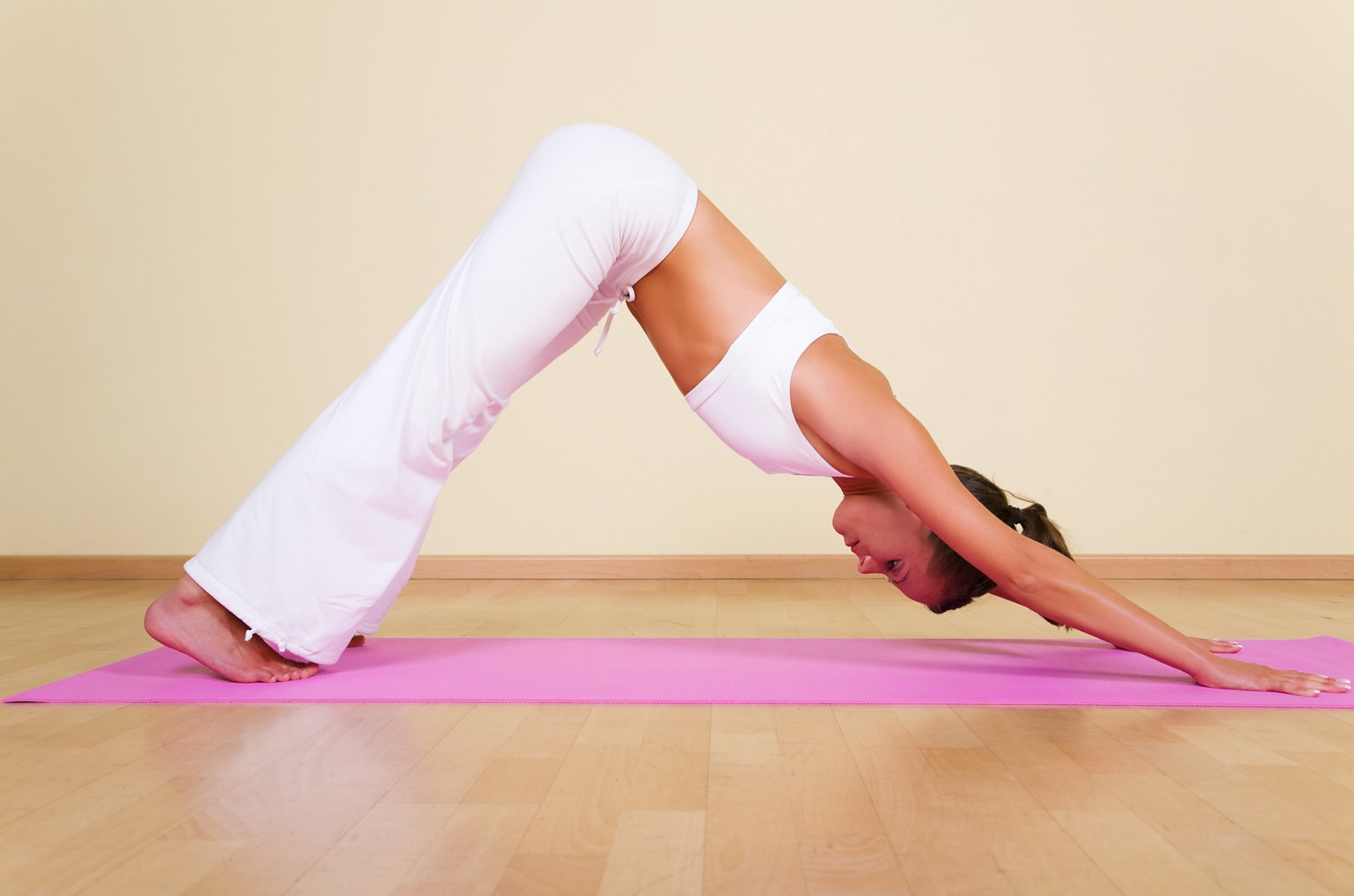Caffeine
occurs naturally in the leaves, nuts and seeds of a number of plants.
Major dietary sources of caffeine, such as tea, coffee, chocolate and
cola drinks typically provide 30-100 mg of caffeine per serve, while some
non-prescriptive medications contain 100-200 mg of caffeine per tablet.
The
introduction of caffeine (or guarana) to 'energy drinks', confectionery and
sports foods/supplements has increased the opportunities for athletes and
non-athletes to consume caffeine, either as part of their everyday diet or for
specific use as an ergogenic aid.
Caffeine has numerous actions on different body tissues. It varies from
person to person but may include the mobilisation of fats from adipose tissue
and the muscle cell, changes to muscle contractility, alterations to the
central nervous system to change perceptions of effort or fatigue, stimulation
of the release and activity of adrenaline, and effects on cardiac muscle.
Two myths about caffeine
that we can dispel:
1. Caffeine enhances endurance performance
because it promotes an increase in the utilisation of fat as an exercise fuel
and 'spares' the use of the limited muscle stores of glycogen.
In
fact, studies show that the effect of caffeine on 'glycogen sparing' during
sub-maximal exercise is short-lived and inconsistent - not all athletes respond
in this way. Therefore, it is unlikely to explain the enhancement of
exercise capacity and performance seen in prolonged continuous events and exercise
protocols.
2. Caffeine-containing
drinks have a diuretic effect and cause an athlete to become dehydrated.
Small
to moderate doses of caffeine have minor effects on urine losses or the overall
hydration in people who are habitual caffeine users. In addition,
caffeine-containing drinks such as tea, coffee and cola drinks provide a
significant source of fluid in the everyday diets of many people.
There is sound evidence that
caffeine enhances endurance and provides a small but worthwhile enhancement of
performance over a range of exercise programs.
These
include short-duration high-intensity events (1-5 min), prolonged
high-intensity events (20-60 min), endurance events (90 min + continuous
exercise), ultra-endurance events (4 hours +), and prolonged intermittent
high-intensity protocols (team and racquet sports). The effect on strength/power and brief sprints (10-20 sec) is
unclear.
The reason for these benefits is also unclear, but it is likely to
involve alterations to the perception of effort or fatigue, as well as to the direct
effects on the muscle.
However,
most studies on caffeine and performance have been undertaken in laboratories
which may not give a true representation of the effects in athletes during real-life training. However it has been suggested that
caffeine can be taken one hour prior to an event, in doses equivalent to ~ 6
mg/kg (e.g. 300-500 mg for a typical athlete).
There is evidence, (from studies involving
prolonged exercise lasting longer than 60 minutes) that caffeine use can
enhance performance. In particular, benefits have been seen with
small-moderate levels of caffeine (1-3 mg/kg BM or 70-200 mg caffeine) taken
before and/or throughout exercise, or towards the end of exercise when the
athlete is becoming fatigued.
It
has also been shown that performance benefits do not increase with increases in
the caffeine dose above 3 mg/kg. The use of larger doses of caffeine just
increases the risk of side-effects.
How much caffeine is in my
drink?
•
Table 1: Caffeine content of common foods and drinks.
|
•
Food or Drink
|
•
Serve
|
•
Caffeine Content (mg)
|
•
Instant coffee
|
•
250 ml cup
|
•
60 (12-169)a
|
•
Brewed coffee
|
•
250 ml cup
|
•
80 (40-110)a
|
•
Short black coffee/espresso
|
•
1 standard serve
|
•
107 (25-214)b
|
•
Starbucks Breakfast Blend brewed coffee
|
•
600 ml (Venti size)
|
•
415 (300-564)c
|
•
Iced coffee - Commercial Brands
|
•
500 ml bottle
|
•
30-200
|
•
Frappuccino
|
•
375 ml cup
|
•
90
|
•
Tea
|
•
250 ml cup
|
•
27 (9-51)a
|
•
Iced Tea
|
•
600 ml bottle
|
•
20-40
|
•
Hot chocolate
|
•
250 ml cup
|
•
5-10
|
•
Chocolate -milk
|
•
60 g
|
•
5-15
|
•
Chocolate - dark
|
•
60 g
|
•
10-50
|
•
Viking chocolate bar
|
•
60 g
|
•
58
|
•
Coca Cola
|
•
375 ml can
|
•
49
|
•
Pepsi Cola
|
•
375 ml can
|
•
40
|
•
Red Bull energy drink
|
•
250 ml can
|
•
80
|
•
PowerBar caffeinated sports gel
|
•
40 g sachet
|
•
25
|
•
PowerBar double caffeinated sports gel
|
•
40 g sachet
|
•
50
|
•
PowerBar caffeinated gel blasts
|
•
60 g pouch (~9)
|
•
75
|
•
Gu caffeinated sports gel
|
•
32 g sachet
|
•
20
|
•
PowerBar Performance bar with Acticaf
|
•
65 g bar
|
•
50
|
•
Extreme Sports beans - caffeine
|
•
28 g packet
|
•
50
|
These values were gathered from a variety of sources
including manufacturers’ information and nutrition databases (Centre for
Science in the Public Interest; http://www.cspinet.org/new/cafchart.htm and
USDA National Nutrient Database;
http://www.nal.usda.gov/fnic/foodcomp/search/); note that commercial brands may
vary slightly from country to country.
a The caffeine content of tea and coffee varies widely,
depending on the brand, the way that the individual makes their beverage, and
the size of their mug or cup.
b Commercial samples bought from a variety of outlets
(Desbrow B, Hughes R, Leveritt M, Scheelings, P. An examination of consumer
exposure to caffeine from retail coffee outlets. Food Chem Toxicol. 2007;45:
1588-1592.
c Commercial samples bought from the same Starbucks outlet
(McCusker RR, Goldberger BA, Cone E J. Caffeine content of specialty coffees. J
Anal Toxicol 2003; 27: 520-522
Situations for Use in Sport
- Prior
to and/or during prolonged endurance or intermittent sports, including team
sports, as a training aid or competition aid.
- Prior
to high-intensity events, as a training aid or competition aid.
Concerns Associated with Supplement Use
At
higher levels of intake, caffeine has the potential to cause increases in heart
rate, impairments or alterations of fine motor control and technique, and
over-arousal (interfering with recovery and sleep patterns). Impairment of
technique may affect the performance of a number of sports, and over-arousal
may interfere with the ability to recover between training sessions, or
multi-day competitions. These concerns add to the importance of finding the
lowest effective dose of caffeine that can be used to achieve a performance
enhancement.
Although
evidence of specific health problems is equivocal, long-term intake of large
amounts of caffeine (>500 mg per day) are generally discouraged by health
authorities.
Further
Reading
Burke
LM. Caffeine and sports performance. Appl Physiol Nutr Metab. 2008; 33: 1319-34
(Information taken from AIS 2009)






